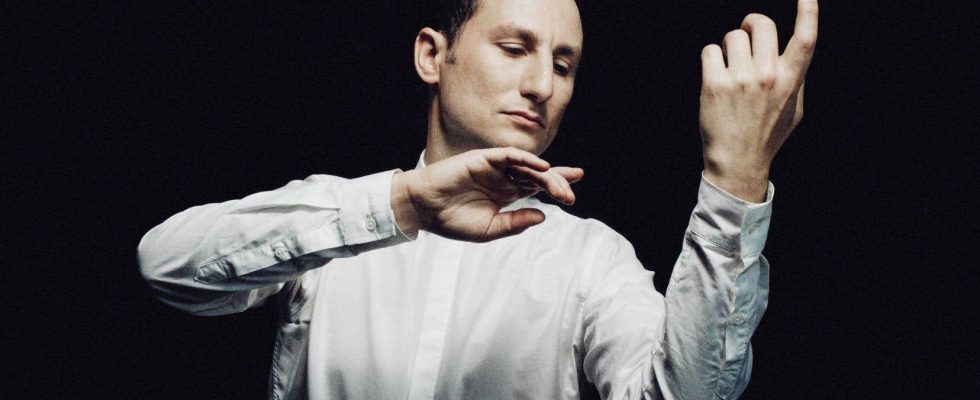The Violons du Roy teamed up this week with violist Antoine Tamestit. The experience exceeded all expectations musically, and even beyond.
There are sometimes in a season of these evenings where we want to pinch ourselves to check that we are not dreaming, where what is happening seems impossible, improbable.
This was the case at the start of the season with the 2e Symphony by Mahler by Rafael Payare at the OSM. We will distinguish these extraordinary experiences from “great moments”, as recently A hero’s life of Strauss with Payare, again. Indeed, during the concert including A hero’s lifethere was an opening that, if it hadn’t been written by a woman, no one would have come out with mothballs and Sonya Yoncheva’s stylistically pitiful delivery in Mahler had to be endured.
The concert of Les Violons du Roy and Antoine Tamestit this week (in Quebec City, before Montreal on Friday) is quite another thing: an experience in which from the first to the last note you simply cannot imagine better . “Better” means better played (even if it was by the Deutsche Kammerphilharmonie, for example), more sonically beautiful, more virtuosic, more finely crafted and more intelligently interpreted.
New perspective
Unlike Maxim Rysanov with I Musici, Antoine Tamestit does not conduct Les Violons du Roy. He sits in the middle of them. But we feel that everything is prepared, premeditated, as with Leonardo García Alarcón.
“Where do we go when it starts like this? This is the reflection that came to us after an extraordinary 3e Brandenburg, of a healthy physical intensity certainly, but never gratuitously “sporty”. The phrases fused with flexibility and elasticity. The tandem Antoine Tamestit and Isaac Chalk gave the viola desk an incredible foundation.
Tamestit’s virtuosity as a soloist alone deserves the qualifier “phenomenal”, both in the Telemann concerto (Presto final) and in the Monologue Schnittke of embers, of an incredible tension, relayed at all times by the orchestra. Its sound is perfect: warm, round, soft, intense…
Just when we thought we had heard everything, the unlikely came: theOpus 110a of Shostakovich, according to his 8e Quartetattached to Contrapunctus I-IV of The art of running away of Bach. With magical prescience, the audience had the intuition not to applaud after Bach so that the 8e Quartet followed it, offering us a new perspective on its start.
For the rest, while we have heard this work many times here, the interpretation has been stunning, even surpassing that of the strings of the OSM fairly recently. The number of strings (6, 6, 5, 4, 2, counting 1er violins to double basses) was ideal compared to the volume of Bourgie Hall for a tetanizing effect, which no one will forget for their entire life.
Antoine Tamestit left guessing the composer of the encore. We are betting on an adaptation for strings by Schnittke, and more precisely its Polka.
